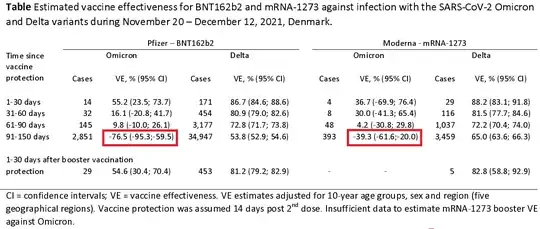This is a very good illustration of one of the most fundamental lessons of statistics: statistics can show you that an effect exists but not what the cause or nature of the effect is.
Suppose that a certain country introduces a new road rule that cyclists cannot use public roads unless they wear a helmet. Six months later, someone does a study and shows, statistically, that cyclists wearing helmets are more likely to have a fatal crash than those who aren't. Should we then conclude that the helmets make cycle crashes somehow more dangerous? Should we suggest that helmets may physically work but the psychological effect is to make the cyclists take more risks? Or should we note instead that cyclists travelling in the most dangerous setting amidst traffic are selected to be the helmet wearers, whereas cyclists without helmets are restricted to the park? Actually the answer is necessarily unclear and the statistics alone cannot clarify it.
The situation is the same here. Yes, it is theoretically possible that the vaccines are biochemically opening the door to omicron, but that is not proven and would be similarly surprising to helmets accentuating head injury. There is prior research into the economic theory of moral hazard, suggesting that vaccinated people may take more risks because they think that they are safer than they are. Denmark uses the coronapas system to filter access to public transport, service and hospitality industries, and other large or close packed groups, which means vaccinated people are more frequently selected for the dangerous settings a bit like our cyclists on the highway.
As such, it is from the statistics alone intrinsically unclear whether the vaccine is unfit for purpose, or whether the rule that vaccinated people are assumed safe enough to be allowed into dangerous places is unfit. Denmark believes that other evidence favours the latter explanation, and as such the covidpas validity will change to require a vaccine not more than 7 months ago.
